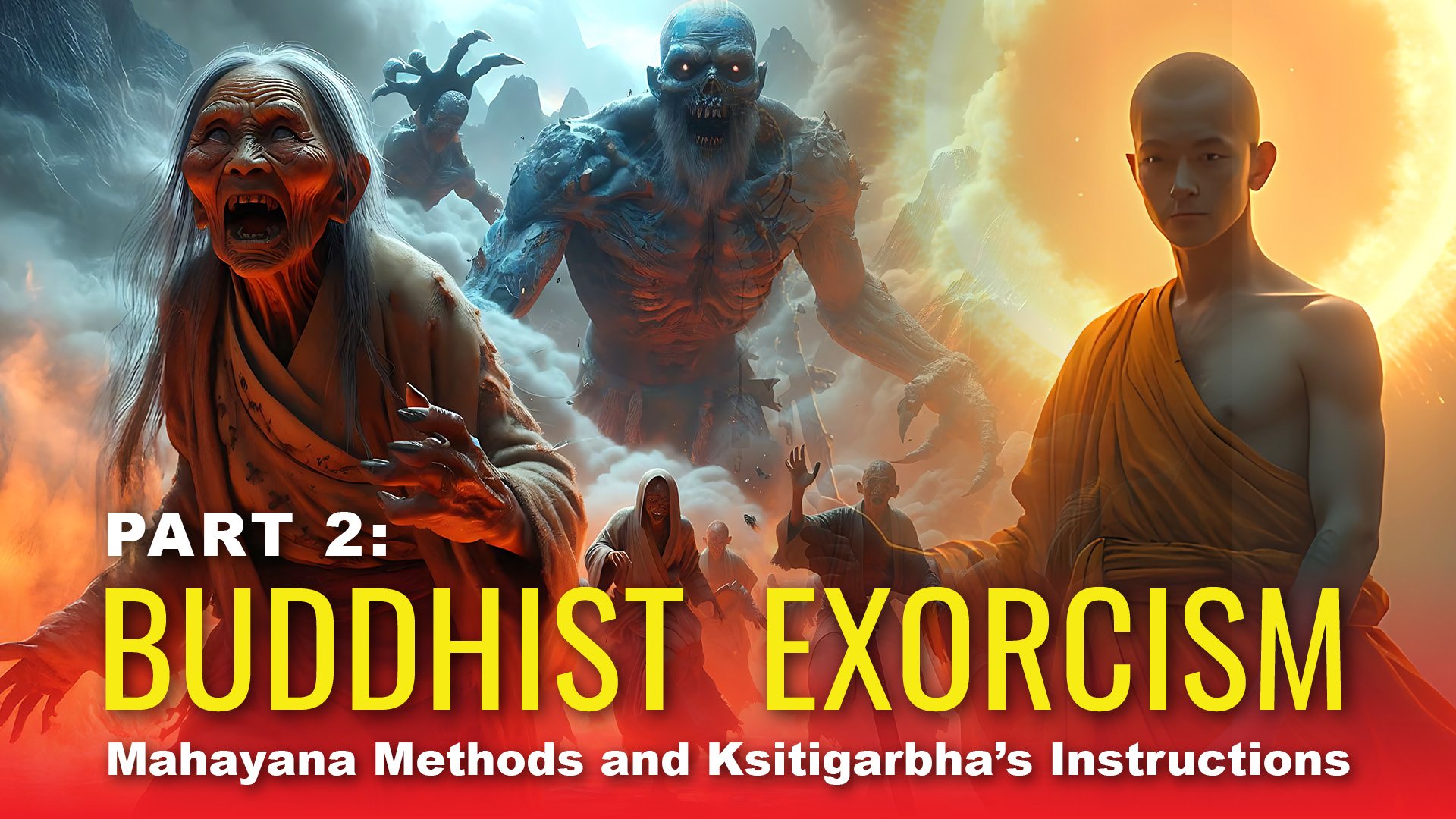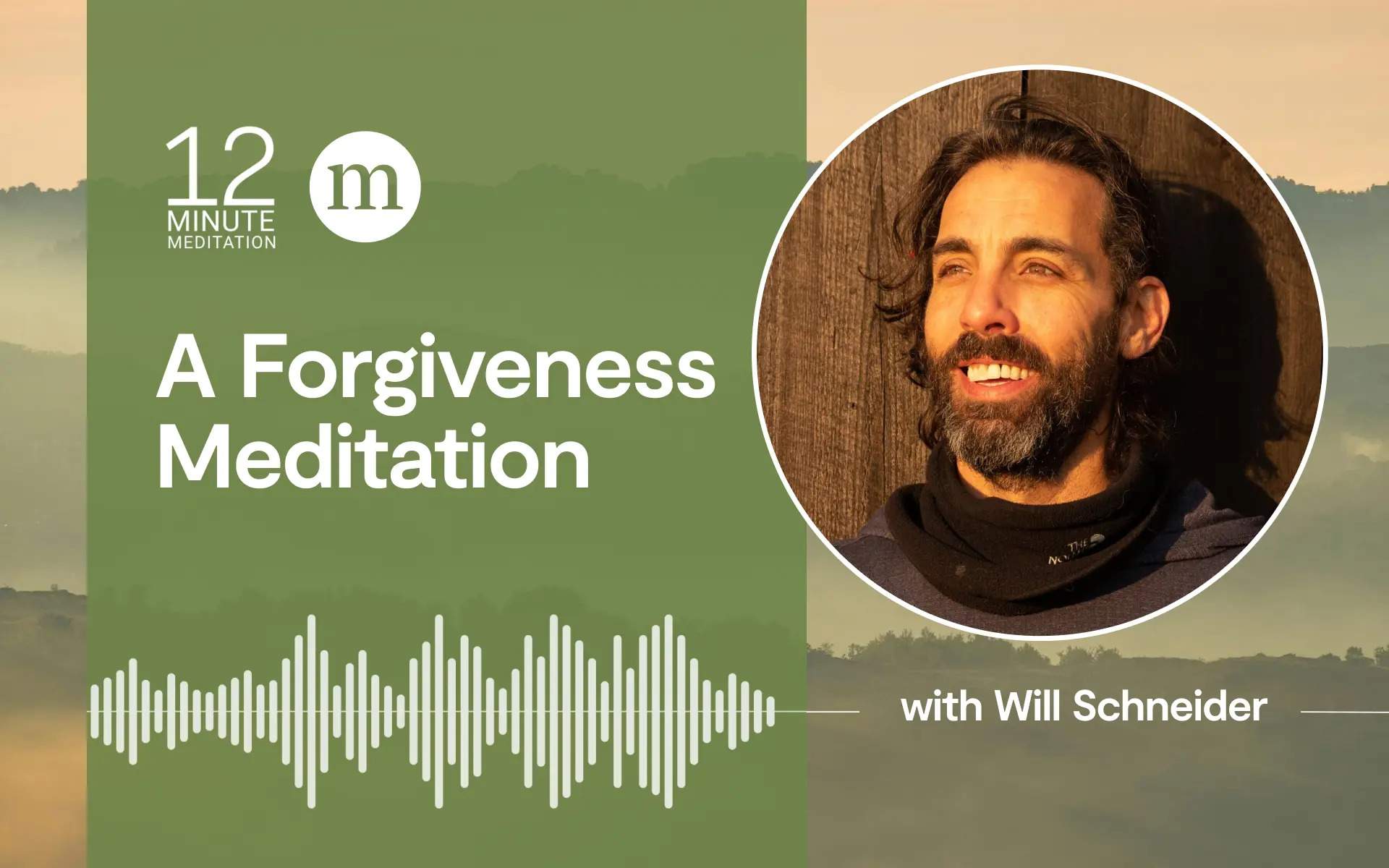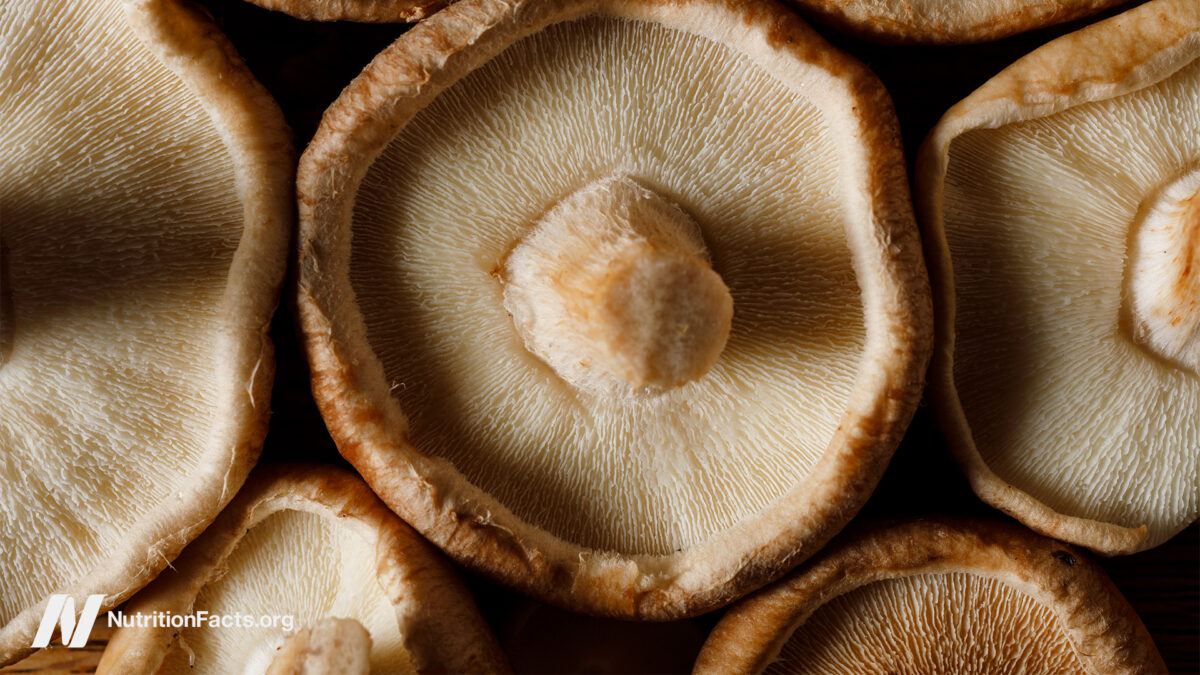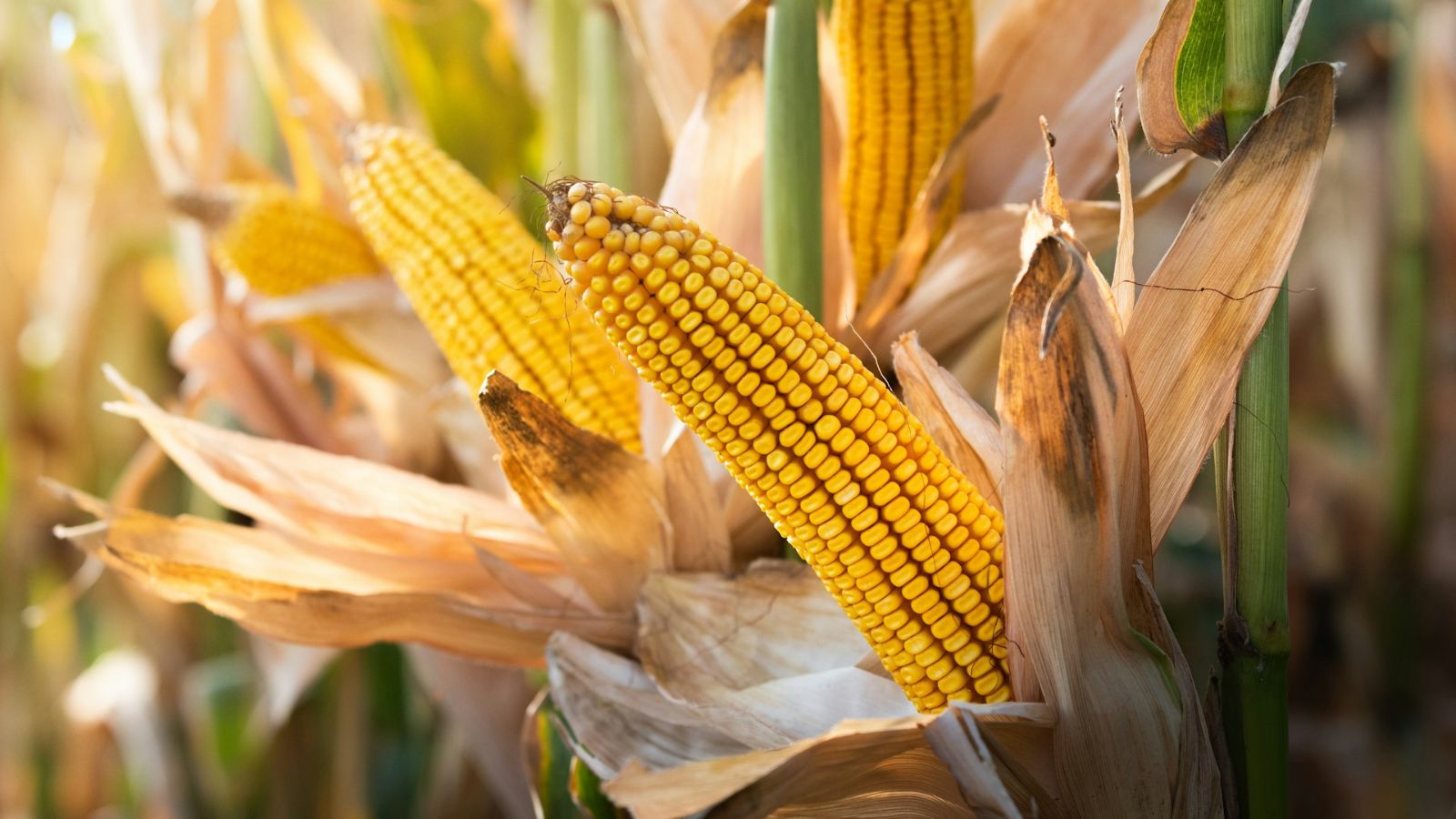Best of the Haiku Challenge (February 2025)
Announcing the winning poems from Tricycle’s monthly challenge The post Best of the Haiku Challenge (February 2025) appeared first on Tricycle: The Buddhist Review.

In formal haiku, there is a kind of dance that takes place between a season word and the 17-syllable form. Most season words have remained unchanged since Basho’s day. What a poet does with a season word in the remaining syllables of the poem is another matter entirely. The best haiku avoid stale or predictable meanings, choosing instead to reach for something new. The winning and honorable mention poems for last month’s challenge each offered a novel take on “blanket.”
David Bolton offers a realistic portrait of a modern refugee whose “blanket for a coat” is now his only home. Sally Deems-Mogyordy’s “frayed baby blanket” in a closet is so infused with love it seems to keep the shelf warm. Kathleen McAllen’s cat leaves its blanket behind on a stormy night to seek a different kind of warmth and security at her side.Congratulations to all! To read additional poems of merit from recent months, visit our Tricycle Haiku Challenge group on Facebook.
You can submit a haiku for the current challenge here.
WINNER:
blanket for a coat
to travel, to go, to move
to lie down when tired
— David Bolton
Season words are inherently conservative in the literal sense of that word. Their role is to preserve a carefully curated set of cultural and ecological associations, providing a common symbolic language for poets to use in communicating with one another across multiple generations.
In that respect, the role of the season word is the exact opposite of the 5-7-5 syllable pattern. The very brevity of that pattern invites innovation and experimentation. Its job is to mix things up a bit by subverting existing frames of reference. The haiku form encourages novelty and originality through the exercise of poetic play.
Those who have been following these challenges will understand that playfulness does not rule out the possibility of engaging with serious subject matter. In fact, the more serious the subject of a haiku, the lighter the poet’s touch will need to be.
Blankets have been around for thousands of years—even longer if we include the animal pelts and woven grass mats used by our Paleolithic ancestors. Throughout time blankets have been symbolic of comfort and protection. But last month’s winning haiku disrupts that tradition, repurposing the season word for use as a symbol of deportation, dislocation, or mass migration.
The person who uses a “blanket for a coat” has lost their other belongings—most likely because they’ve been forced to leave them behind. Whether they are fleeing a natural disaster, persecution, or civil unrest, the result is usually the same. The four infinitives that follow the opening line capture the relentless series of relocations that define the life of the refugee.
“To travel, to go, to move / to lie down when tired.” Only in the last instance is the blanket put to its intended use—to offer warmth and comfort while sleeping. Even so, this is not the rest that most of us experience in our beds at night but the exhausted sleep of a person on the move.
Every season word comes with a label that reads “Use as directed.” But haiku poets are seldom content to leave well enough alone. It is through testing the limits of these time-honored themes, opening them up to new and unexpected meanings, that they are kept relevant, up-to-date, and alive.
HONORABLE MENTIONS:
frayed baby blanket
tucked way back in the closet
keeping the shelf warm
— Sally Deems-Mogyordy
still storming at night . . .
the cat leaving the blanket
to sit next to me
— Kathleen McAllen
♦
You can find more on February’s season word, as well as relevant haiku tips, in last month’s challenge below:
Winter season word: “Blanket”
In the land of dreams
my wife casts off her blanket
it is warmer there
Submit as many haiku as you wish that include the winter season word “blanket.” Your poems must be written in three lines of 5, 7, and 5 syllables, respectively, and should focus on a single moment of time happening now.
Be straightforward in your description and try to limit your subject matter. Haiku are nearly always better when they don’t have too many ideas or images. So make your focus the season word* and try to stay close to that.
*REMEMBER: To qualify for the challenge, your haiku must be written in 5-7-5 syllables and include the word “blanket.”
Haiku Tip: Learn to Use Both Literal and Figurative Language!
This month’s sample poem was written when I woke one winter night to find that my wife had cast off her covers. There had been an unexpected snowstorm, and I’d let the fire get low. It must have been 50 degrees in our bedroom. I was struck by the thought that her experience of the dream world was so complete it made her immune to the cold. The season word is “blanket,” and it is used literally.
Here is another haiku, written a few years earlier when I saw some winter carp frozen beneath the ice.
the carp seem serene
beneath their double blanket
cold water and ice
A Japanese poet would classify this as a haiku on the season word “winter carp,” since the fish are the visual focus of the poem. “Blanket” is there, but it is being used figuratively rather than literally and is therefore not the season word of the poem.
Here is another “winter carp” poem—this one by the contemporary Japanese haiku master Mayuzumi Madoka. The translation is hers.
Small ember of coal
is staying under water
A carp in winter
No ice is mentioned, but it is clear from the words “carp in winter” that the water must be cold. The season word is being used literally, but the treatment of the word is anything but. To refer to a “small ember of coal” in this context means that a figurative comparison is being made.
Madoka compares the orange carp beneath the water to a banked coal glowing faintly from under the ash in a brazier. The suggestion, admittedly somewhat subtle, is that the water is helping to keep it lit through the winter, just as you would bury the coals of a brazier to make them last until morning before turning in for bed.
Madoka is one of Japan’s most influential living haiku masters, but her style of verse would have been rejected by early 20th-century haiku editors who favored a more literal approach. Shiki and the generation of poets who followed him believed that a haiku should offer an objective description of nature, avoiding metaphor or other forms of figurative language.
In the hands of Shiki’s successor Takahama Kyoshi, this style resulted in great masterpieces. Kyoshi and his followers were able to produce brilliant turns of thought using pure imagery. But there were some things you couldn’t say in this kind of haiku, which favored a more masculine, emotionally detached approach to poetry.
Some poets rebelled, and by the 1970s, haiku had undergone a revolution that built off the precision of the Shiki School but was willing to introduce other elements in order to broaden the range of expression in haiku. Madoka is the heir to that newer, more emotionally nuanced style of verse.
A note on blankets: Season word editor Becka Chester has offered an in-depth description of this season word from the human affairs category for winter:
“From evidence discovered in ancient tombs around the globe, our first blankets were made of animal skins, clumps of grass, and woven reeds. A 14th-century Flemish textile weaver named Thomas Blanquette may be the source for the word ‘blanket.’ Before the invention of his heavy woolen fabric, most people slept under heaps of animal hides.
“When we sleep, our breathing slows and blood circulation diminishes, dropping our body temperature from 98 degrees to around 96 or 97 degrees. Unless they are electric, blankets do not generate warmth; the heat from the person beneath it remains contained, separated from the cold air outside. Wrapped in a blanket, many feel a sense of protection and can relax for a better night’s sleep. A recent sleep study of weighted blankets indicates that, when beneath one, the body produces higher levels of serotonin, a hormone that aids in sleep regulation.”

 Aliver
Aliver 



















![The 2026 AI Search Benchmark Every SEO Leader Needs [Webinar] via @sejournal, @lorenbaker](https://www.searchenginejournal.com/wp-content/uploads/2025/11/1-259.png)












(1).jpeg)